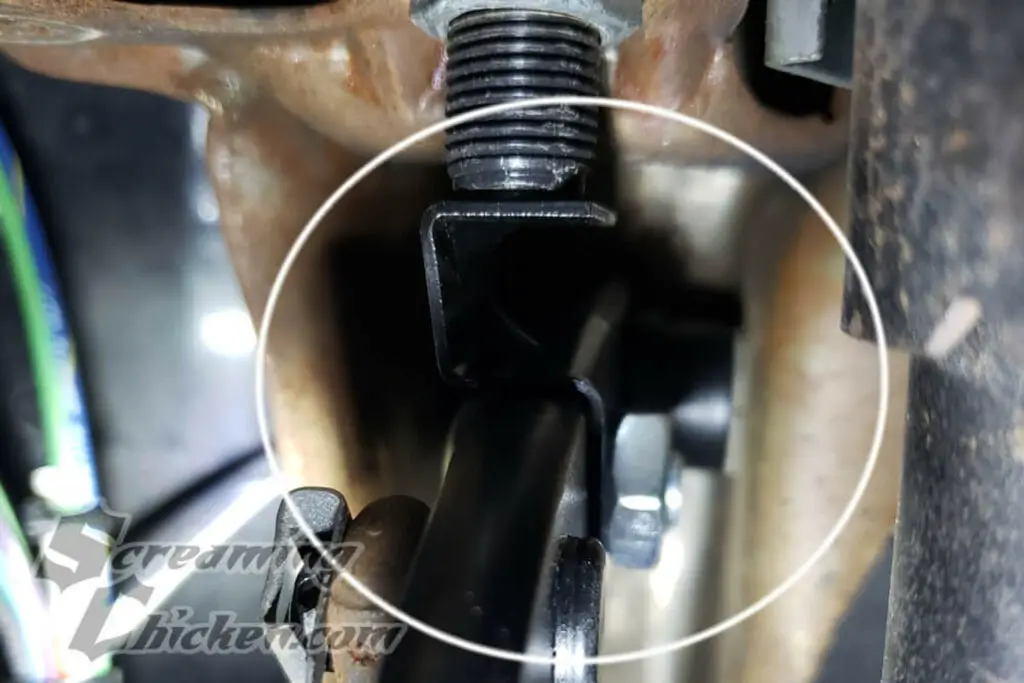Brake light switches are a crucial safety feature in any vehicle. They play a vital role in warning other drivers behind you when you are slowing down or stopping. In this article, we will discuss the benefits of brake light switches, how to replace them, and common troubleshooting tips.
Table of Contents
What is a Brake Light Switch?

A brake light switch is a small, electrical device that is located near the brake pedal in your car. When you press the brake pedal, the switch is activated and sends a signal to your brake lights, causing them to turn on. This action alerts drivers behind you that you are slowing down or stopping, helping to prevent accidents.
Benefits of Brake Light Switches

The primary benefit of brake light switches is safety. They serve as a warning to other drivers on the road, reducing the risk of rear-end collisions. In addition, brake light switches are required by law in most jurisdictions, making them an essential component of your vehicle.
Another advantage of brake light switches is their relatively low cost. They are a simple and inexpensive part to replace, making it an easy maintenance task for car owners.
Replacing a Brake Light Switch
Replacing a brake light switch is a straightforward process that can be done by most people with basic mechanical skills. However, if you are not comfortable working on your own car, it is always best to take it to a mechanic. Here are the steps to follow when replacing a brake light switch:
- Locate Your Brake Light Switch: The location of your brake light switch may vary depending on the make and model of your car. However, it is typically found near the brake pedal. To find it, follow the brake pedal arm up to the point where it attaches to the brake light switch.
- Disconnect the Electrical Connector: Once you have located the brake light switch, disconnect the electrical connector by pressing down on the release tab and pulling it away from the switch.
- Remove the Old Switch: Use a wrench or pliers to loosen and remove the old switch from its mounting bracket.
- Install the New Switch: Place the new switch in the same position as the old one and tighten it with a wrench or pliers.
- Reconnect the Electrical Connector: Finally, reconnect the electrical connector to the new switch.
Locating Your Brake Light Switch
As mentioned earlier, the location of your brake light switch may vary depending on the make and model of your car. Here are some common locations for brake light switches:
- Near the brake pedal: This is the most common location for brake light switches. It is usually located on the arm of the brake pedal or on the bracket that holds the pedal in place.
- Under the hood: In some vehicles, the brake light switch may be located near the master cylinder or on the firewall.
- On the brake booster: The brake booster is a large, round component located behind the brake pedal. Some vehicles have the brake light switch mounted on this booster.
Cost of Replacing a Brake Light Switch
The cost of replacing a brake light switch will vary depending on the make and model of your car. However, it is generally a relatively inexpensive repair. On average, a brake light switch can cost anywhere from $10 to $50, depending on the brand and where you purchase it from.
Common Troubleshooting Tips
If your brake lights are not working, it could be due to a faulty brake light switch. Here are some troubleshooting tips to help you identify and fix the issue:
- Check the fuse: A blown fuse can cause your brake lights to stop working. Check the fuse box and replace any blown fuses.
- Inspect the brake light switch: If the fuse is not the issue, check the brake light switch for any visible damage or wear. If it looks damaged, it may need to be replaced.
- Test the switch with a multimeter: You can use a multimeter to test the continuity of your brake light switch. If there is no continuity, it means the switch is faulty and needs to be replaced.
- Check the wiring: Sometimes, the issue may be with the wiring rather than the switch itself. Inspect the wiring for any damage or loose connections and repair as needed.
Video
Conclusion
In conclusion, brake light switches are an essential safety feature in any vehicle. They help to warn other drivers behind you when you are slowing down or stopping, reducing the risk of accidents. Replacing a brake light switch is a simple task that can be done by most car owners, and it is relatively inexpensive.
However, if you are unsure or uncomfortable with working on your own car, it is always best to seek professional help. Regularly checking and maintaining your brake light switch can help ensure your safety on the road.
Hi there! I’m Naomi O’Colman. I’ve got years of experience working at an auto repair shop here in Texas under my belt. On top of that, ever since I was a kid I’ve been passionate about the auto industry. Since I’ve joined the team at automotivegearz.com I’ve been enthusiastically sharing my passion and insights with my readers. I’m dedicated to delivering high quality content and helping you stay up to date with the latest automotive trends and products out there!







